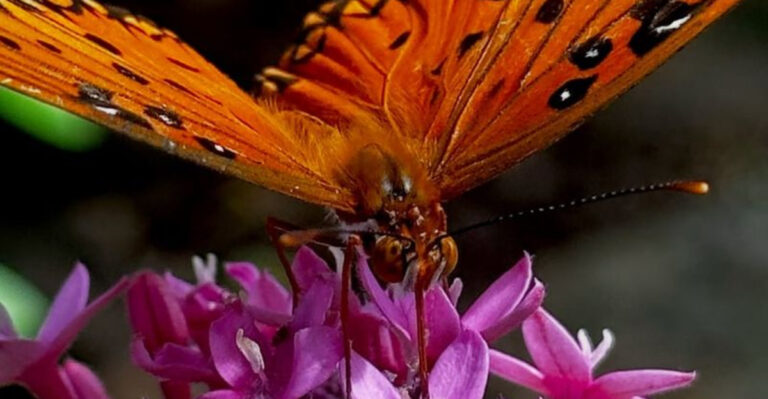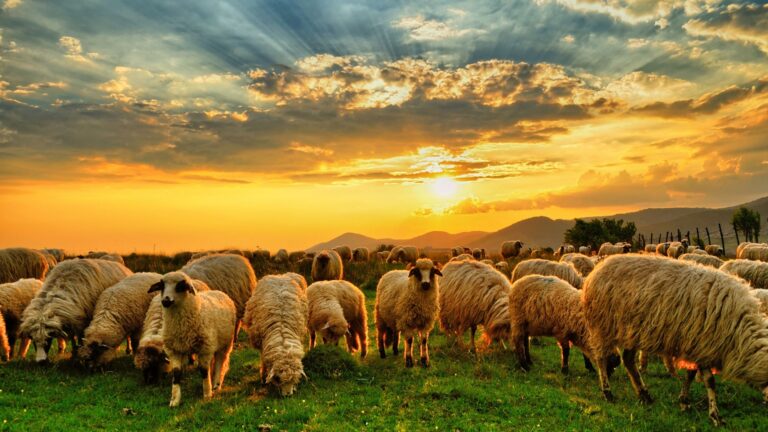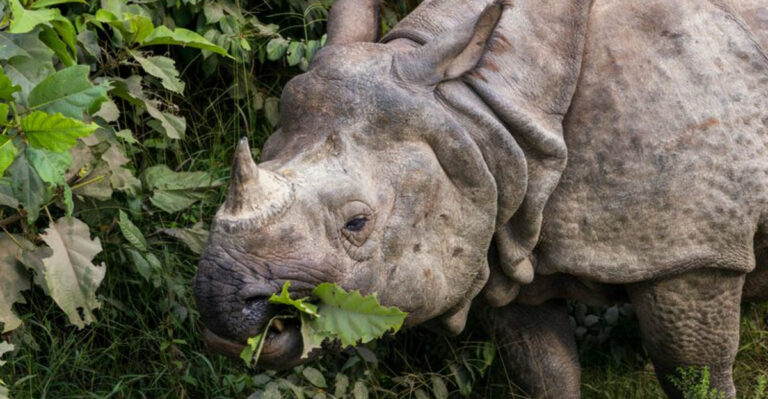15 Largest Snakes In The World, Ranked From Biggest To Smallest

The world’s biggest snakes are more than just impressive! They’re giants of nature with fascinating traits that make them even more incredible. From their jaw-dropping lengths to their sheer weight, these snakes dominate their habitats and our imagination.
Here’s a look at the biggest snakes on Earth, ranked from the largest to the (still very big) smallest.
1. Reticulated Python
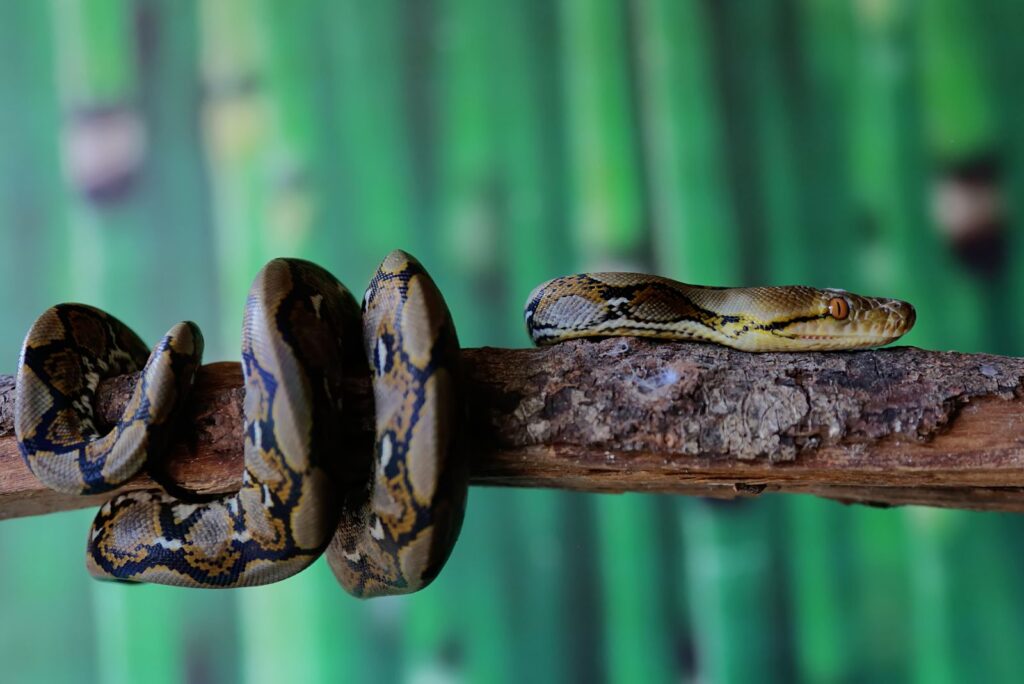
Known as the undisputed champion of length, the Reticulated Python can grow up to 30 feet or more! This snake holds the title of the longest in the world and is famous for its intricate patterned scales that shimmer in the light.
Found in Southeast Asia, reticulated pythons are non-venomous constrictors, relying on their massive size and strength to overpower prey.
Fun fact: One of the longest reticulated pythons ever recorded stretched a staggering 32 feet, which is longer than a school bus!
2. Green Anaconda
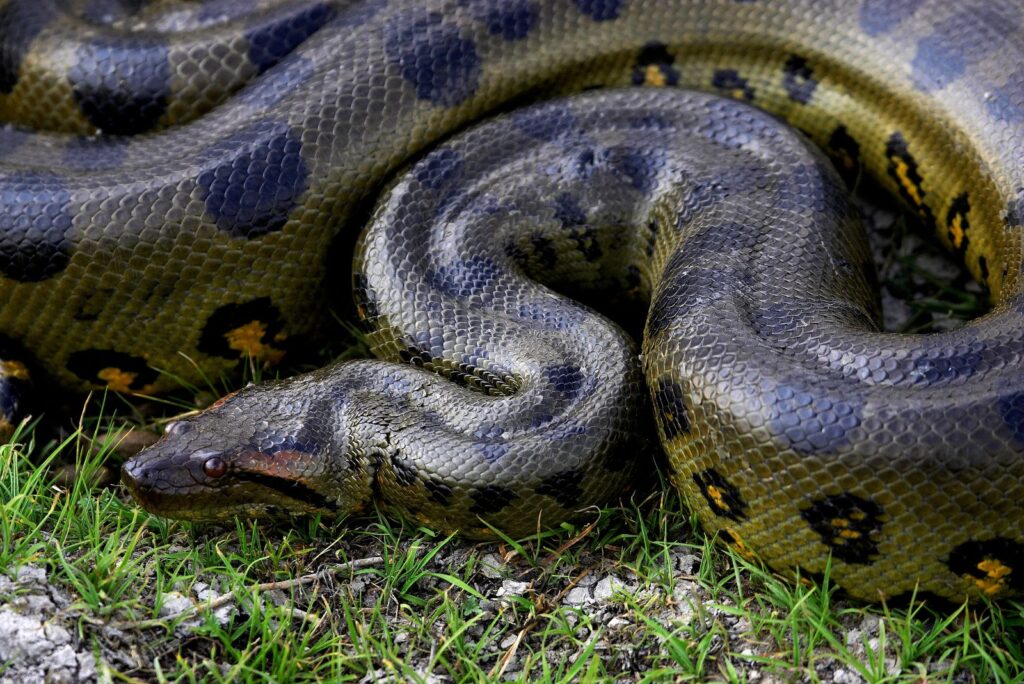
The Green Anaconda might not beat the reticulated python in length, but it’s the heaviest snake in the world, weighing up to 550 pounds.
Native to South America, this aquatic giant thrives in swamps and rivers, where its muscular body allows it to ambush prey.
Green anacondas are powerful swimmers and use their incredible strength to ambush their prey. Imagine trying to lift one – talk about a workout!
3. Burmese Python
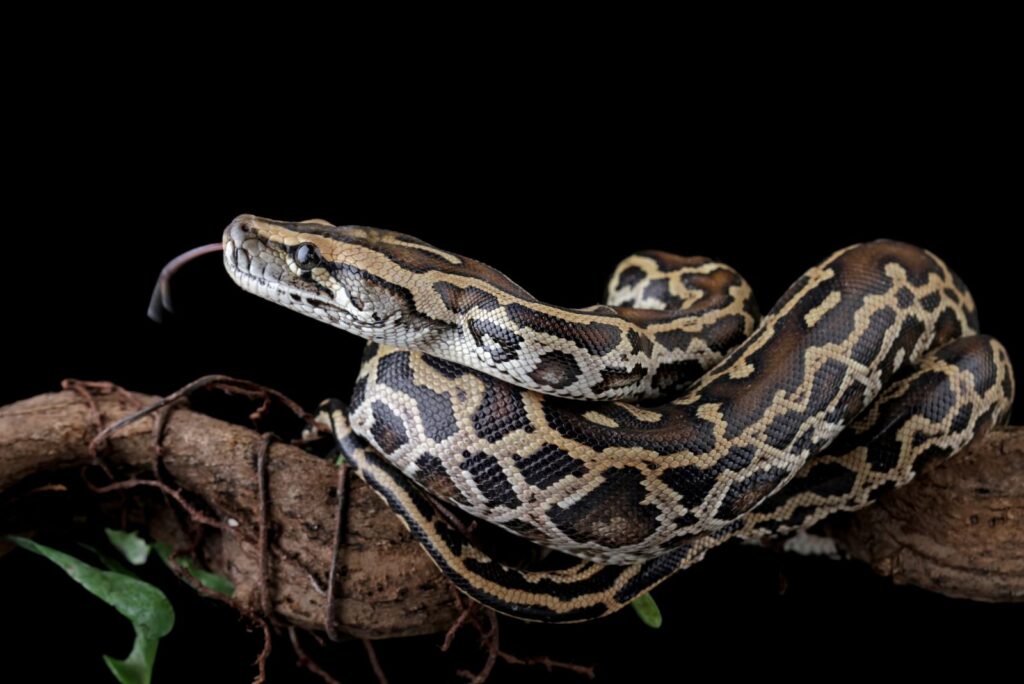
Another contender for size, the Burmese Python is a massive constrictor, reaching lengths of up to 23 feet and weighing over 200 pounds. This snake is famous for its calm demeanor, which makes it a popular (but challenging) exotic pet.
In Florida, however, Burmese pythons have become an invasive species, thriving in the Everglades and posing a threat to local wildlife. Who knew a snake could be such a headline-maker?
4. African Rock Python

No list of big snakes would be complete without the African Rock Python.
Found in sub-Saharan Africa, this giant can grow up to 20 feet long and weighs over 200 pounds. It is known for its aggressive nature and powerful build, making it one of the more intimidating pythons.
This snake can eat large prey like antelope or crocodiles – yes, crocodiles! With its striking patterns and fearless attitude, this snake is both impressive and a little scary.
5. Amethystine Python
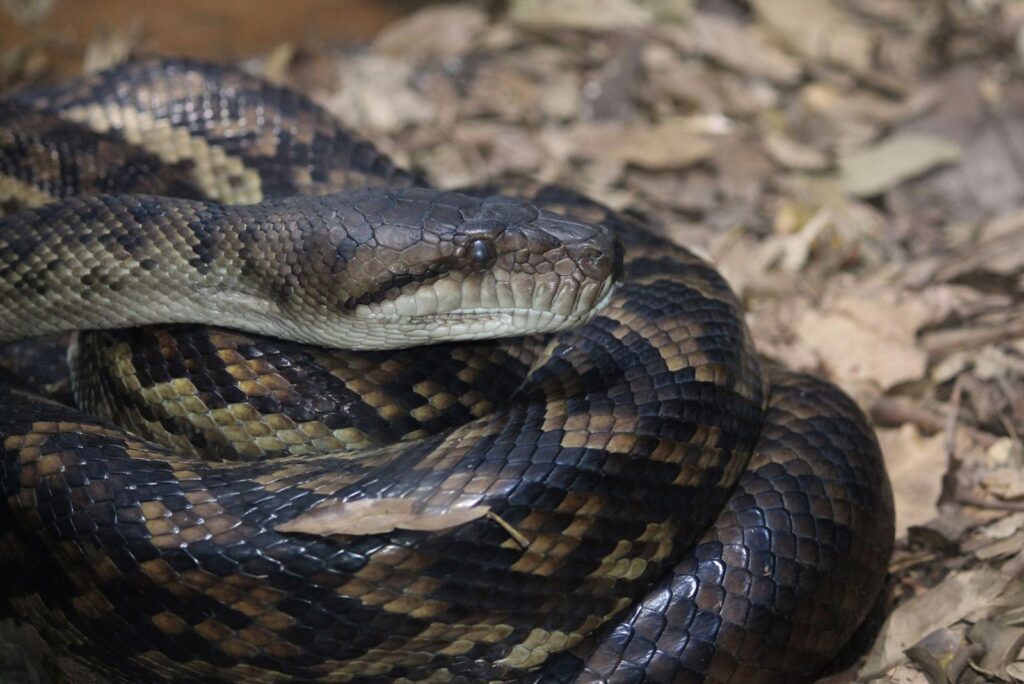
The Amethystine Python, also known as the scrub python, is Australia’s largest snake, reaching lengths of up to 20 feet. Its name comes from the shimmering, iridescent sheen of its scales, which look like they’re glowing in the sunlight.
These snakes are excellent climbers and often hang out in trees, waiting to ambush prey. If you’re exploring the Australian outback, keep an eye out for these shiny giants.
6. Indian Python
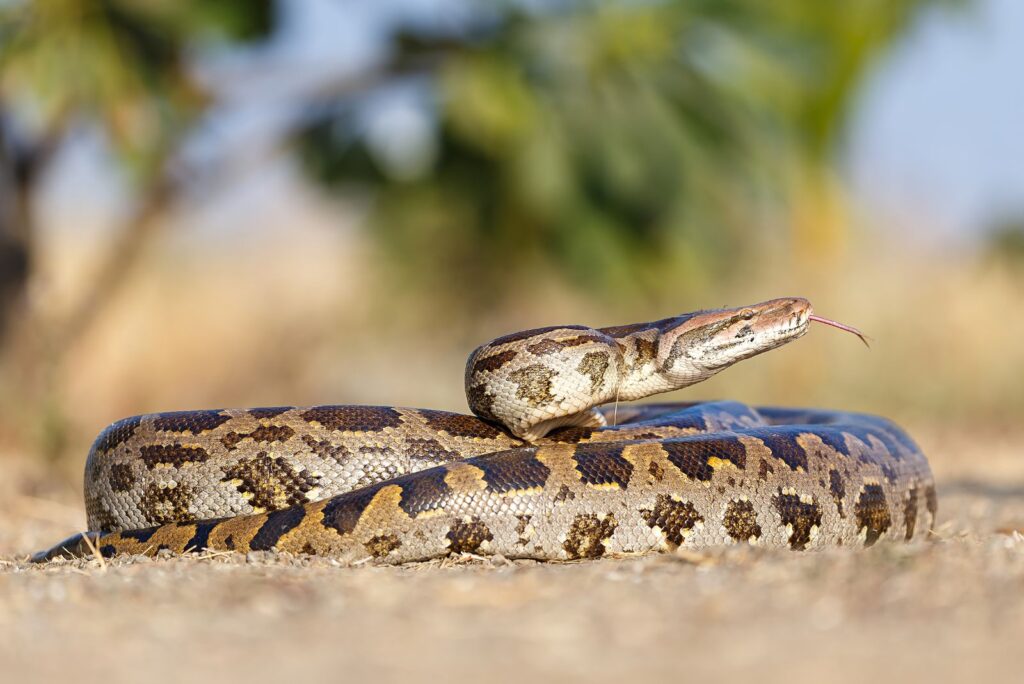
Slightly smaller than its Burmese cousin, the Indian Python still reaches impressive lengths of up to 20 feet. Found in South Asia, these snakes prefer grasslands and forests, often staying near water sources.
Indian pythons are strong swimmers and love lounging near rivers, where they can hunt animals like deer and birds. Despite their size, they’re surprisingly shy and avoid humans whenever they can.
7. King Cobra
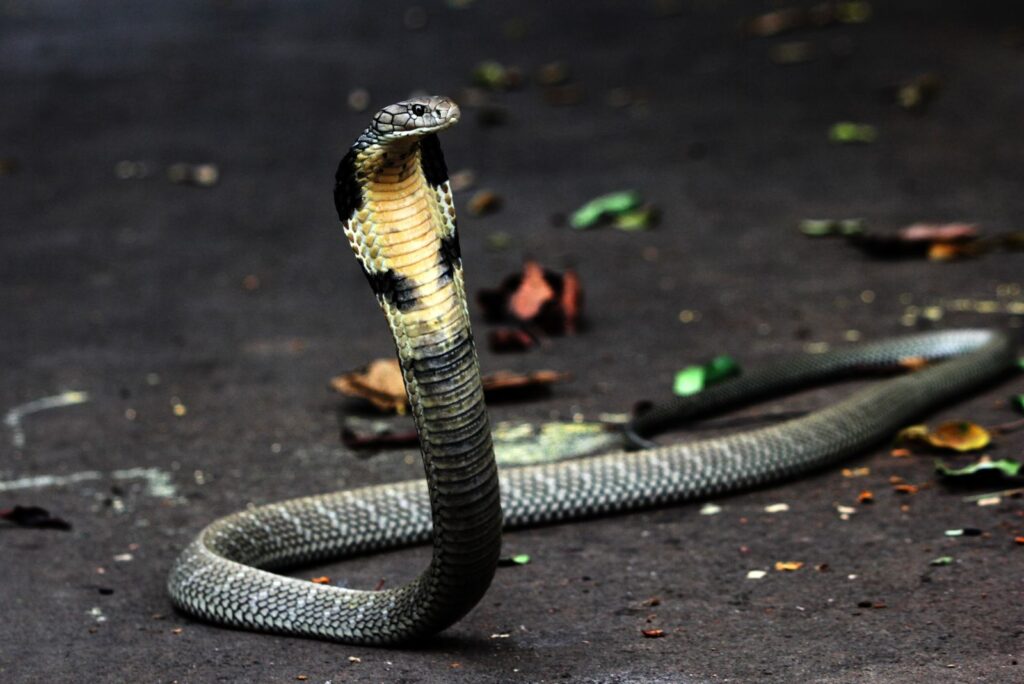
Here’s the king of venomous snakes!
The King Cobra might not be as heavy as the others, but it’s the longest venomous snake in the world, stretching up to 18 feet. Found in India and Southeast Asia, this iconic snake is known for its hood and its intimidating presence.
Unlike the others on this list, the King Cobra doesn’t rely on constriction – it uses potent venom to subdue its prey.
Fun fact: A King Cobra can “stand up” by lifting the front third of its body off the ground, which is both impressive and, if I’m being honest, a little terrifying!
8. Boa Constrictor
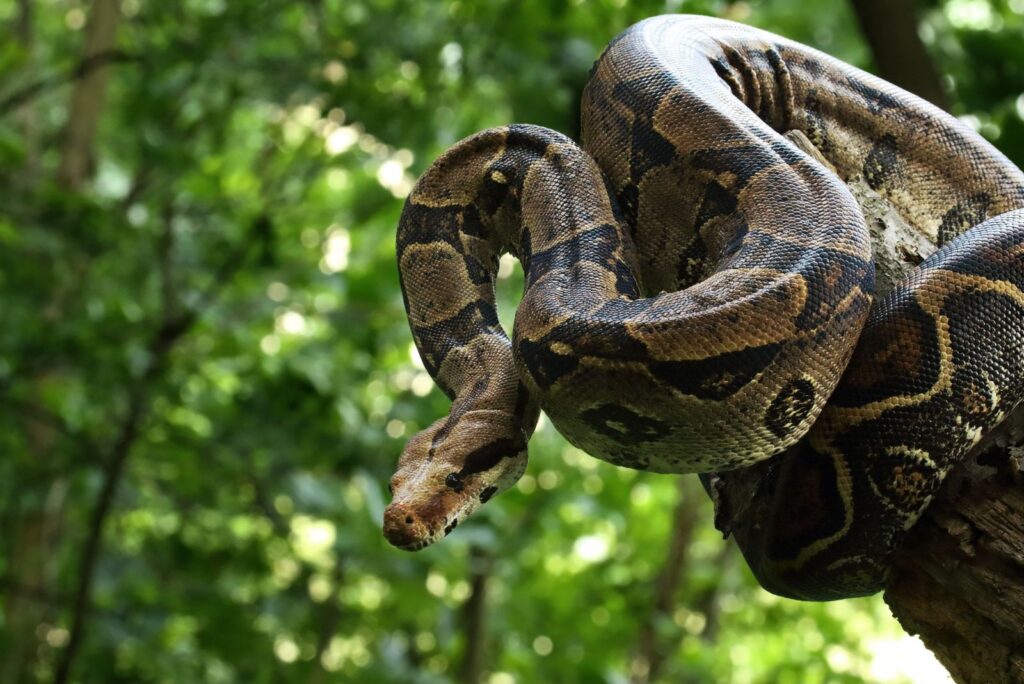
When it comes to hunting skills, the Boa Constrictor is a true pro. It may not match the giants in length, but at up to 13 feet and over 100 pounds, it’s still a formidable snake.
Found in Central and South America, this adaptable predator thrives in jungles, deserts, and even near human settlements.
Boas are expert hunters, ambushing their prey and using their strong coils to subdue it. With their beautifully patterned scales, they’re a favorite in the exotic pet world. But don’t let its good looks fool you—it’s all business when it comes to survival.
9. Yellow Anaconda
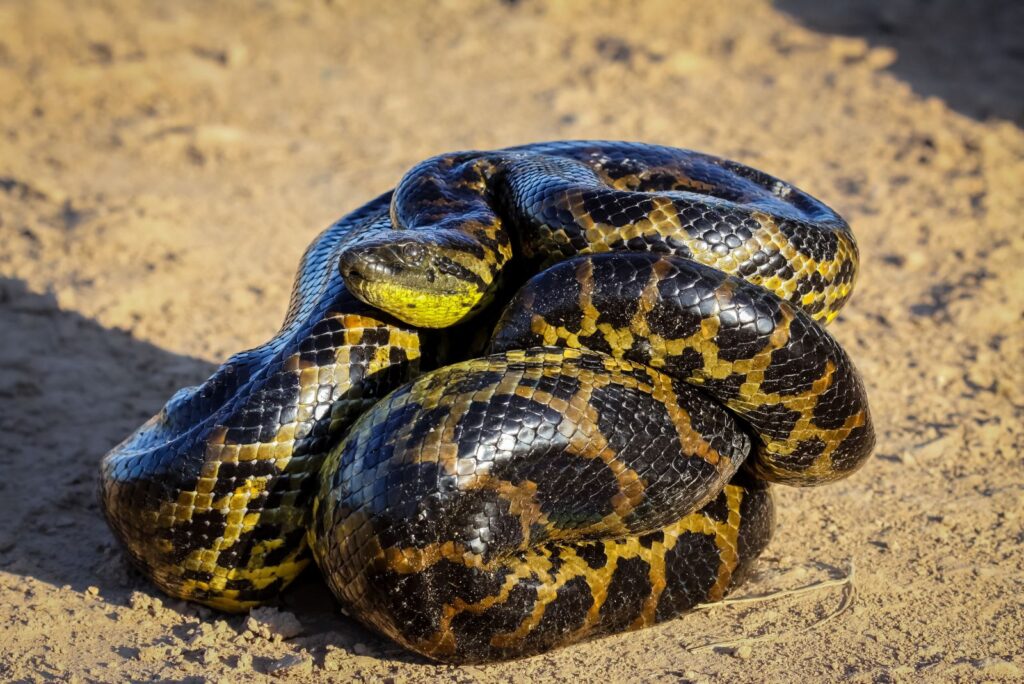
The Yellow Anaconda is like the Green Anaconda’s slightly smaller cousin, but don’t underestimate its power. Growing up to 13 feet and weighing over 120 pounds, this South American snake is a master of stealth.
Found in swamps and marshes, it spends much of its time in water, hunting fish and small mammals. Its yellow and black mottled pattern isn’t just for looks – it helps this snake blend perfectly into its surroundings, making it a true underwater ninja.
10. Diamond Python

For a snake that’s both beautiful and powerful, look no further than the Diamond Python. Growing up to 13 feet, this subspecies of the Carpet Python is native to Australia and is known for its stunning diamond-shaped patterns.
Whether slithering through trees or basking on rocks, it’s a photographer’s dream. Non-venomous and relatively docile, the Diamond Python is proof that beauty and strength can go hand in hand.
11. Olive Python

The Olive Python is another Australian marvel, reaching up to 13 feet in length. Its smooth, olive-colored scales give it a sleek, polished appearance, making it one of the most elegant snakes on this list.
Found in rocky landscapes, this snake is a powerful constrictor capable of taking down prey as large as wallabies. Despite its size and strength, the Olive Python is surprisingly shy and prefers to stay hidden in its rugged habitat.
12. Black Mamba
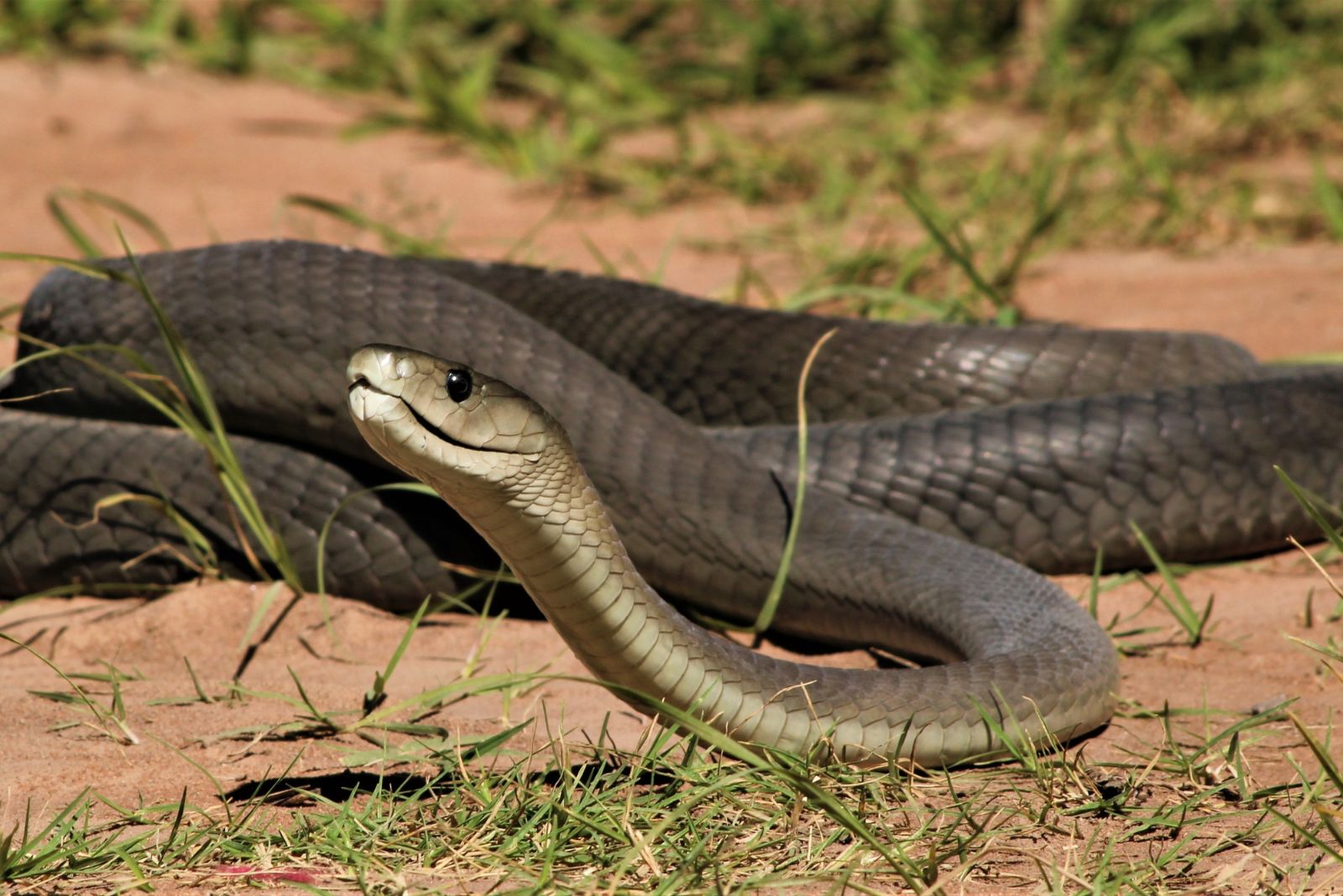
The Black Mamba is one of the longest venomous snakes in the world, reaching lengths of up to 14 feet, although most average around 8 to 10 feet.
Despite its slender build, the Black Mamba is a formidable predator, known for its lightning-fast speed of up to 12 miles per hour, earning it the title of the fastest snake on land.
This incredible agility makes it a master of ambush hunting, striking its prey with precision.
Fun fact: Despite its name, the Black Mamba isn’t actually black; its name comes from the inky black interior of its mouth, which it displays when threatened.
13. Eastern Indigo Snake

The Eastern Indigo Snake is the longest native snake in North America, reaching lengths of up to 8.5 feet. Its glossy, iridescent black scales give it a striking appearance, shimmering with hints of blue in the sunlight.
Unlike the Black Mamba, this non-venomous snake is surprisingly docile and rarely poses a threat to humans.
It’s known for preying on venomous snakes like rattlesnakes, as it has a natural resistance to their venom.
Fun fact: The Eastern Indigo Snake is a symbol of conservation in the southeastern United States, as it plays a vital role in its ecosystem and is a federally protected species.
14. Green Tree Python
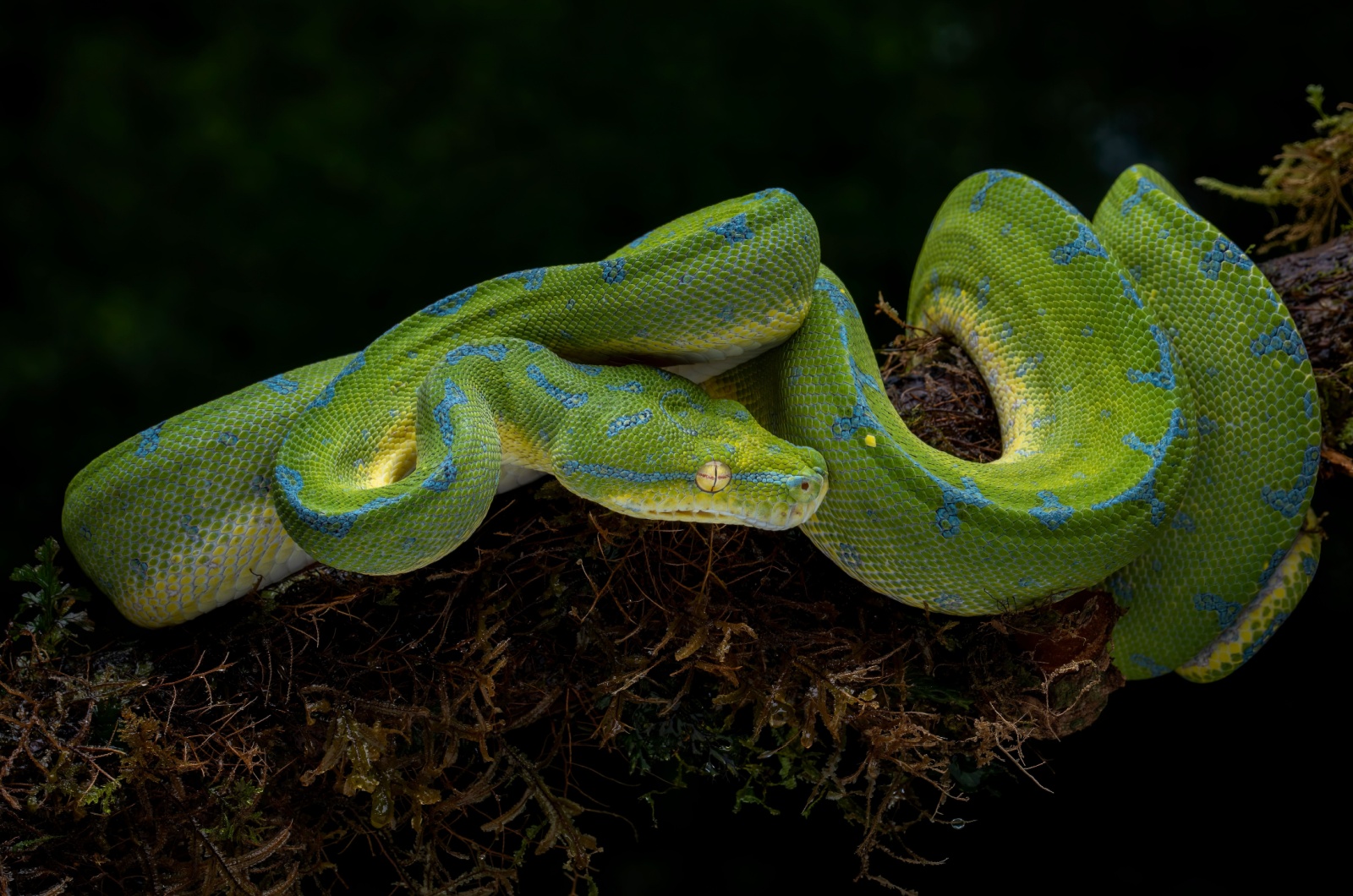
The Green Tree Python, though smaller than other giants, can still grow up to 7 feet in length. Known for its vivid green coloration and stunning markings, this arboreal snake spends much of its time coiled around tree branches.
Native to New Guinea and parts of Australia, the Green Tree Python is a master ambush predator, preying on small mammals and birds. Its beauty and unique habits make it a fascinating addition to the list of large snakes.
15. Rainbow Boa
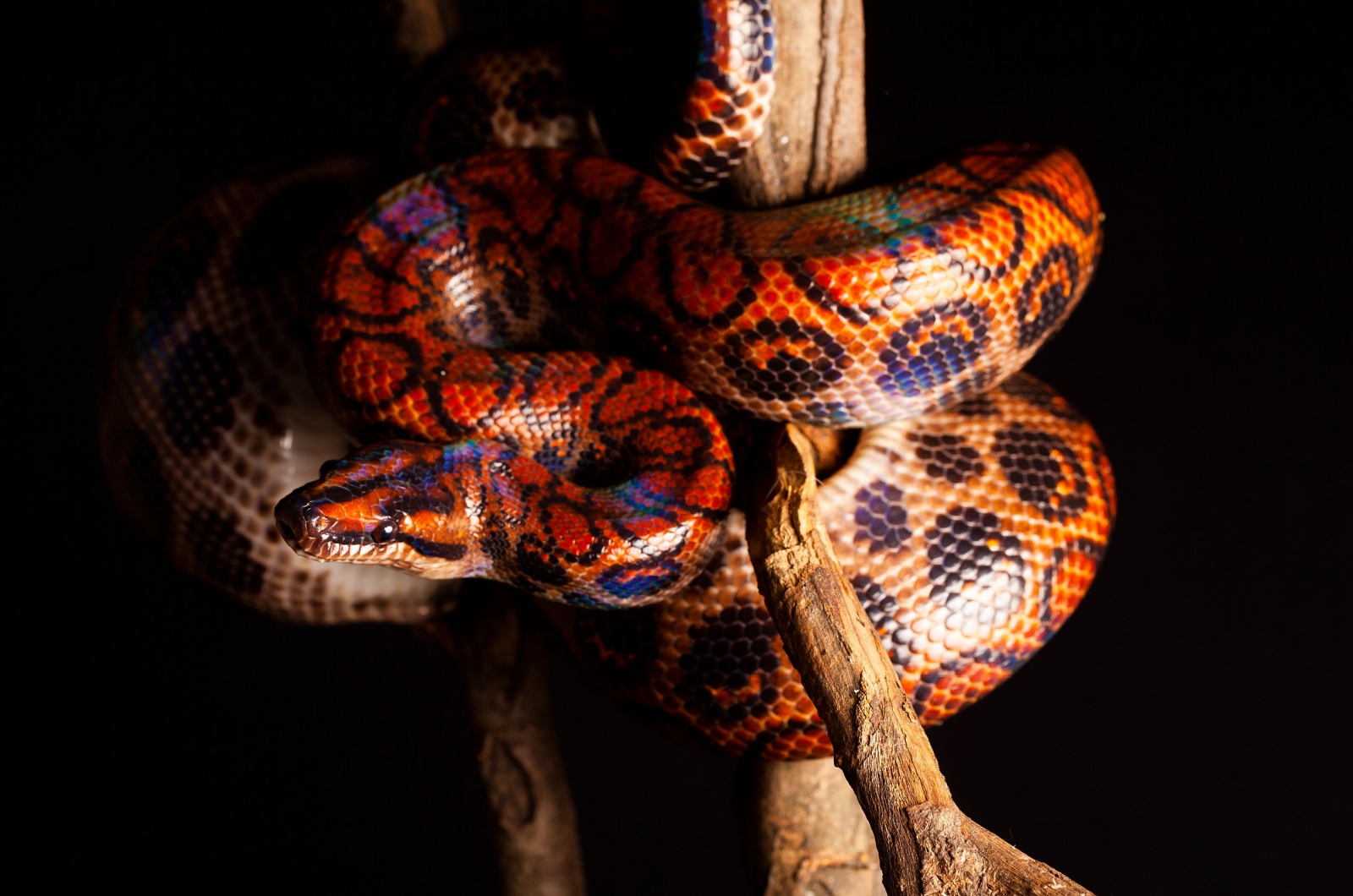
The Rainbow Boa, native to Central and South America, grows up to 6–7 feet in length. While not as massive as pythons or anacondas, this snake is known for its iridescent scales, which shimmer with rainbow-like hues in the light.
These non-venomous constrictors primarily prey on rodents, birds, and amphibians, making them adept hunters in their forest habitats. Their striking beauty and moderate size make them a captivating addition to the list.


